To solve this problem for present & dismiss, I use the iOS7 custom transition.
Add this to your UIViewController :
- (id <UIViewControllerAnimatedTransitioning>)animationControllerForPresentedController:(UIViewController *)presented presentingController:(UIViewController *)presenting sourceController:(UIViewController *)source {
return (id<UIViewControllerAnimatedTransitioning>)self;
}
- (id <UIViewControllerAnimatedTransitioning>)animationControllerForDismissedController:(UIViewController *)dismissed {
return (id<UIViewControllerAnimatedTransitioning>)self;
}
- (NSTimeInterval)transitionDuration:(id <UIViewControllerContextTransitioning>)transitionContext {
return 0.7f;
}
- (void)animateTransition:(id <UIViewControllerContextTransitioning>)transitionContext {
UIView *containerView = [transitionContext containerView];
UIViewController *fromVC = [transitionContext viewControllerForKey:UITransitionContextFromViewControllerKey];
[containerView addSubview:fromVC.view];
UIViewController *toVC = [transitionContext viewControllerForKey:UITransitionContextToViewControllerKey];
[containerView addSubview:toVC.view];
UIViewAnimationOptions animationOption = ([toVC.presentedViewController isEqual:fromVC])?UIViewAnimationOptionTransitionFlipFromLeft:UIViewAnimationOptionTransitionFlipFromRight;
[UIView transitionFromView:fromVC.view
toView:toVC.view
duration:[self transitionDuration:transitionContext]
options:animationOption
completion:^(BOOL finished) {
[transitionContext completeTransition:YES];
}];
}
To use it, you just had to check if you are on iOS7 and set the transitionDelegate :
YourVCWithTheCustomTransition* yourVC = [[YourVCWithTheCustomTransition alloc] init];
CGFloat deviceVersion = [UIDevice currentDevice].systemVersion.floatValue;
if(deviceVersion >= 7.0) [yourVC setTransitioningDelegate:yourVC];
[self presentModalViewController:yourVC animated:YES];
[yourVC release];
In my case, I had a custom UINavigationController where the custom transition is defined : i don't have to do this each time.
